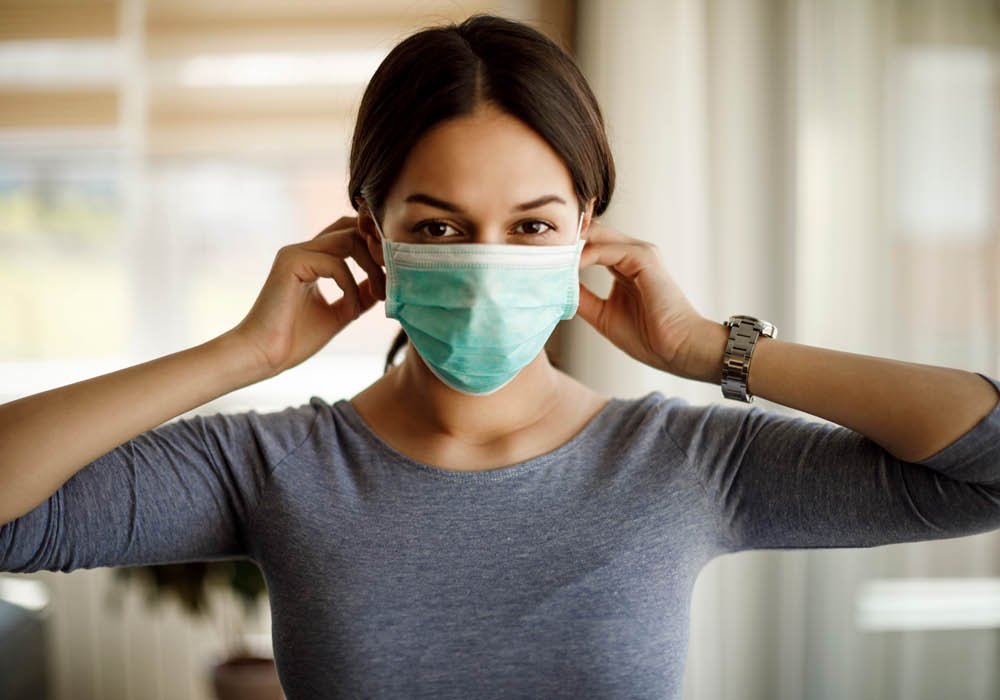
7 Things not to do with your mask if you want to prevent COVID-19
Mangalore Today News Network / Yahoo
June 25, 2020: Since the COVID-19 infection was first declared a pandemic by the World Health Organization in March 2020, wearing masks has been recommended as one of the three basic tenets of prevention - the others include social distancing and proper hand hygiene.

A recent study in The Lancet found that wearing face masks, eye protection and proper physical distancing can reduce person-to-person transmission of COVID-19, a conclusion that many other studies have also corroborated.
Not all masks are made the same
It’s likely you are already actively wearing masks as a basic preventive measure every time you step out. What you must keep in mind is that your face mask should have three layers, as the WHO has recommended. A recent pre-print study in medRxiv also indicates that 100% cotton fabric masks are most effective against COVID-19 infection, so ensure that you use a cotton mask. It’s also very important that your mask fits you perfectly: it should cover your mouth and nose, the sides of your face and extend to the bottom of your chin. A loose mask increases the risk of exposure, and a tight one might cause breathing difficulties, so make sure your mask is neither.
Once you have the right mask, you will have to wear, use and clean it right. The following are seven things you should never do with your mask.
1. Touching the surface of the mask: If you keep touching the surface of the mask to adjust it in any way, it increases the risk of surface transmission of SARS-CoV-2. Face touching is a habit you should consciously avoid.
2. Wearing the same mask all day long: Particles and microbes tend to accumulate on all surfaces over time, and your mask is no exception. If you wear the same mask all day it can increase the risks of not just COVID-19 transmission but of other infections too.
3. Wearing a wet mask: Given the humidity and temperature of Indian summers, it’s likely you will sweat (often profusely) while wearing the mask. A wet mask is not just suffocating, but is also less effective against the virus. So, carefully take off a wet mask, dispose of it or store it separately, and put on a fresh one whenever needed.
4. Exposing your nose: The mask is supposed to cover your nose properly, so having your nose stick out of it is not an option during the pandemic. If breathing through the mask is difficult, then try a cotton fabric but it is essential to breathe through the mask, not around it.
5. Pushing the mask down to talk: By doing this, you’re not just touching the surface of the mask (which increases the risk of surface transmission) but also making droplet transmission of SARS-CoV-2 a real possibility.
6. Not removing the mask correctly: This little mistake can increase the risk of cross-contamination, so always grab the mask straps behind your ears or head and then gently take it off without touching the surface. You should remove the mask and disinfect it immediately, or carefully place it in a sealed storage bag until you get home to disinfect it.
7. Not disinfecting the mask properly: You can’t reuse a mask until you’ve disinfected it properly. Wash your mask with soap and warm water and then dry it out in the sun (for five hours) or apply heat with an iron (for five minutes). Sunlight and heat (the amount produced by the iron) are natural disinfectants, so don’t skip this step